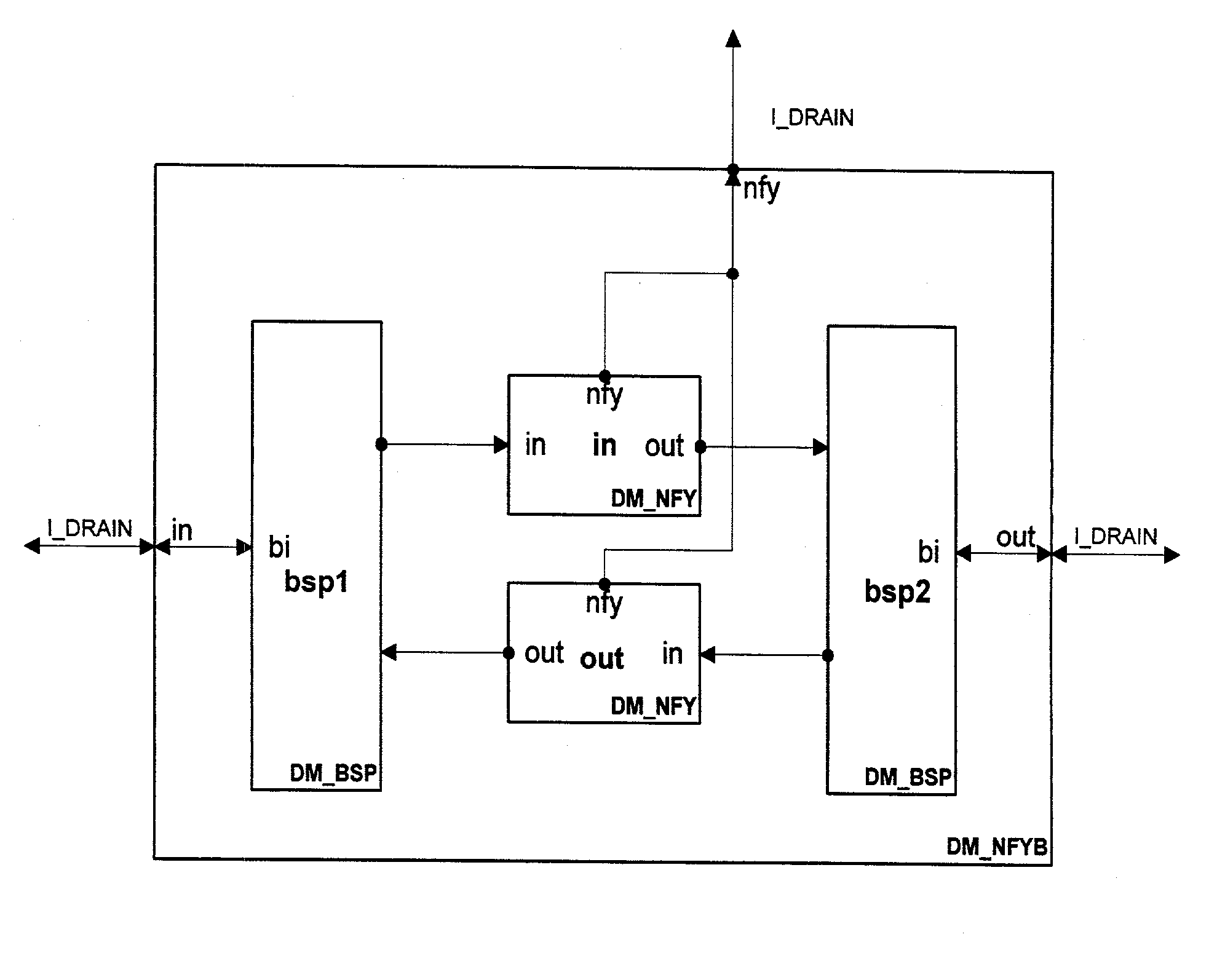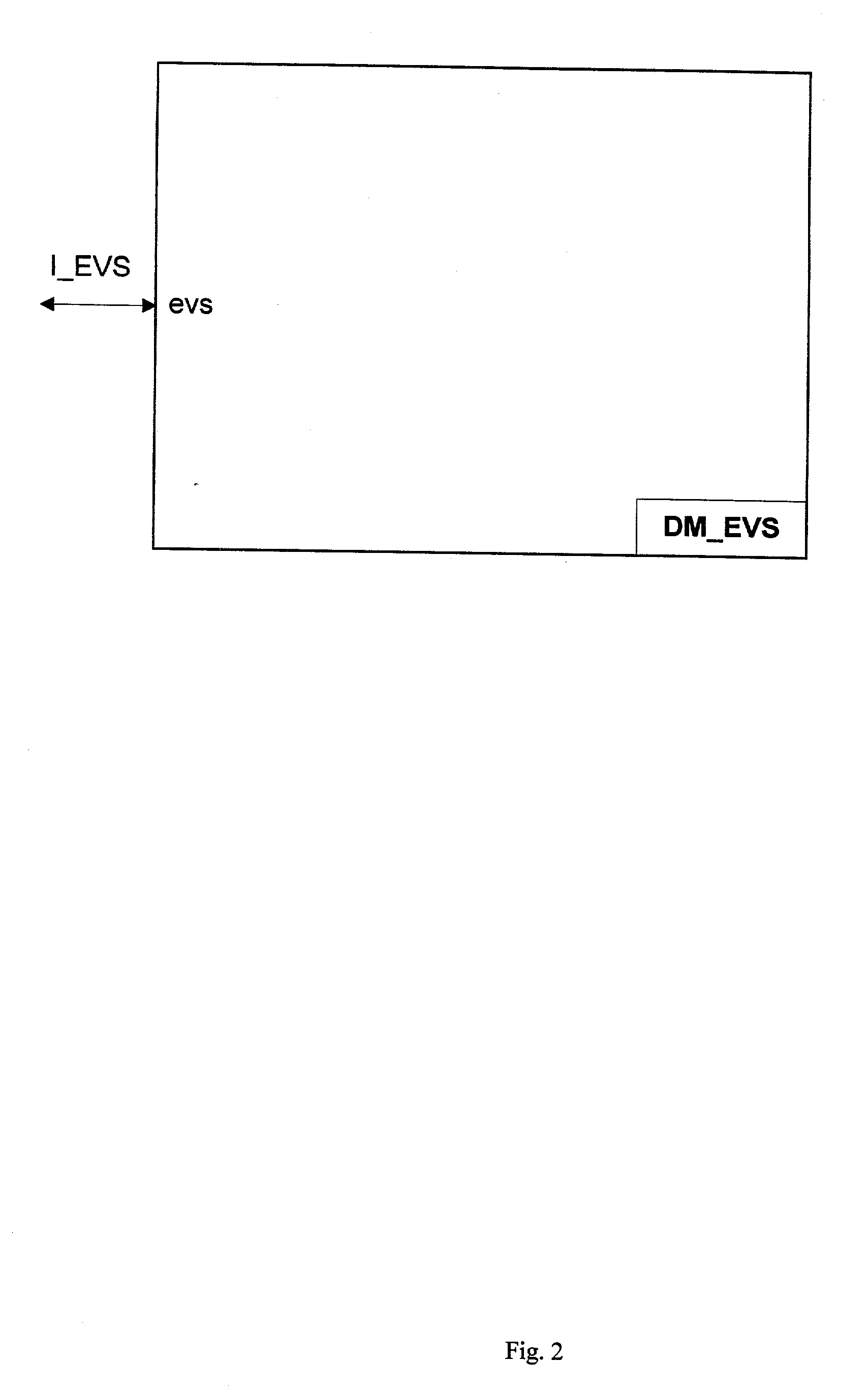But today, despite its many benefits, the use of composition to build software systems is quite limited, because supporting
software design by composition has proven to be extremely difficult.
Instead, inferior approaches to composition, which were limited and often hard-to-use, were taken because they were easier to support.
Approaches such as single and multiple inheritance, aggregation, etc., have been widely used, resulting in fragile base classes, lack of
reusability, overwhelming complexity,
high rate of defects and failures.
None of them provided a solution applicable to a broad range of software application types without impeding severely their performance.
None of these has been widely accepted or proven to be able to create commercial systems in a broad range of
application areas.
Despite the apparent superiority of the
system described in the '675 application, it, like all other composition-based systems described above failed to address adequately the important case in which part of the composed structure of objects needs to change dynamically, in response to some stimulus.
Although most of the above-described composition-based systems do have the ability to modify structure dynamically, they do this through some amount of custom code and a violation of the composition view of the
software system being built--in both cases essentially undermining the composition approach and at least partially sacrificing its advantages.
In fact, one of the most common objections to the composition-based
software design approach is that the structure of software applications is generally dynamic and changes all the time, and so the ability to compose statically new components is of very limited use.
Furthermore, the implementation of the functionality required to
handle dynamic structures is quite complex, requires high professional qualifications and is frequently a source of hard-to-find software defects.
As a result, the systematic and effective practice of
software design and development by composition is seriously limited whenever the underlying system does not provide a consistent, efficient, universal and easy-to-use support for dynamically changeable structures of objects.
Even if support for static composition and dynamic structures of objects is available, the use of composition is still difficult without a significant number of readily available and easily reusable objects from which new functionality can be composed.
However, attempts to use function libraries to
package reusable functionality that has to maintain a significant state between
library calls, or that needs to use a substantial number of application-specific services in order to function, typically lead to exploding complexity of the
library interface and increased difficulties of use, as well as application-dependent implementations.
As a result, attempts to actually use these libraries require very substantial expertise, and produce code that is unnecessarily complex, very difficult to debug, and almost impossible to separate from the
library being used.
Further use, however, showed that application-specific frameworks tend to be very inflexible when it comes to the architecture of the application and make it exceedingly difficult to build both new types of applications and applications that are substantially more complex than what was envisioned by the framework designers.
The cost at which these technologies provide support for component boundaries, including incoming and outgoing interfaces and properties, is so high (in terms of both run-
time overhead and development complexity) that what ends up being packaged or implemented as a component is most often a whole application subsystem consisting of tens of thousands of lines of code.
Such components are, however, very hard to reuse in new types of applications, new operating environments, or when the functionality that needs to be implemented is not anticipated by the component designer.
The main reason for their limited
reusability comes from the very fact that component boundaries are expensive and, therefore, developers are forced to use them sparingly.
As we have seen above, the type of reuse promoted by most non-trivial functional libraries and practically all application frameworks and existing
component object models makes it relatively easy to implement variations of existing types of applications but makes it exceedingly difficult and expensive to innovate in both creating new types of applications, moving to new hardware and operating environments, such as high-speed routers and other intelligent Internet equipment, and even to add new types of capabilities to existing applications.
 Login to View More
Login to View More  Login to View More
Login to View More 


